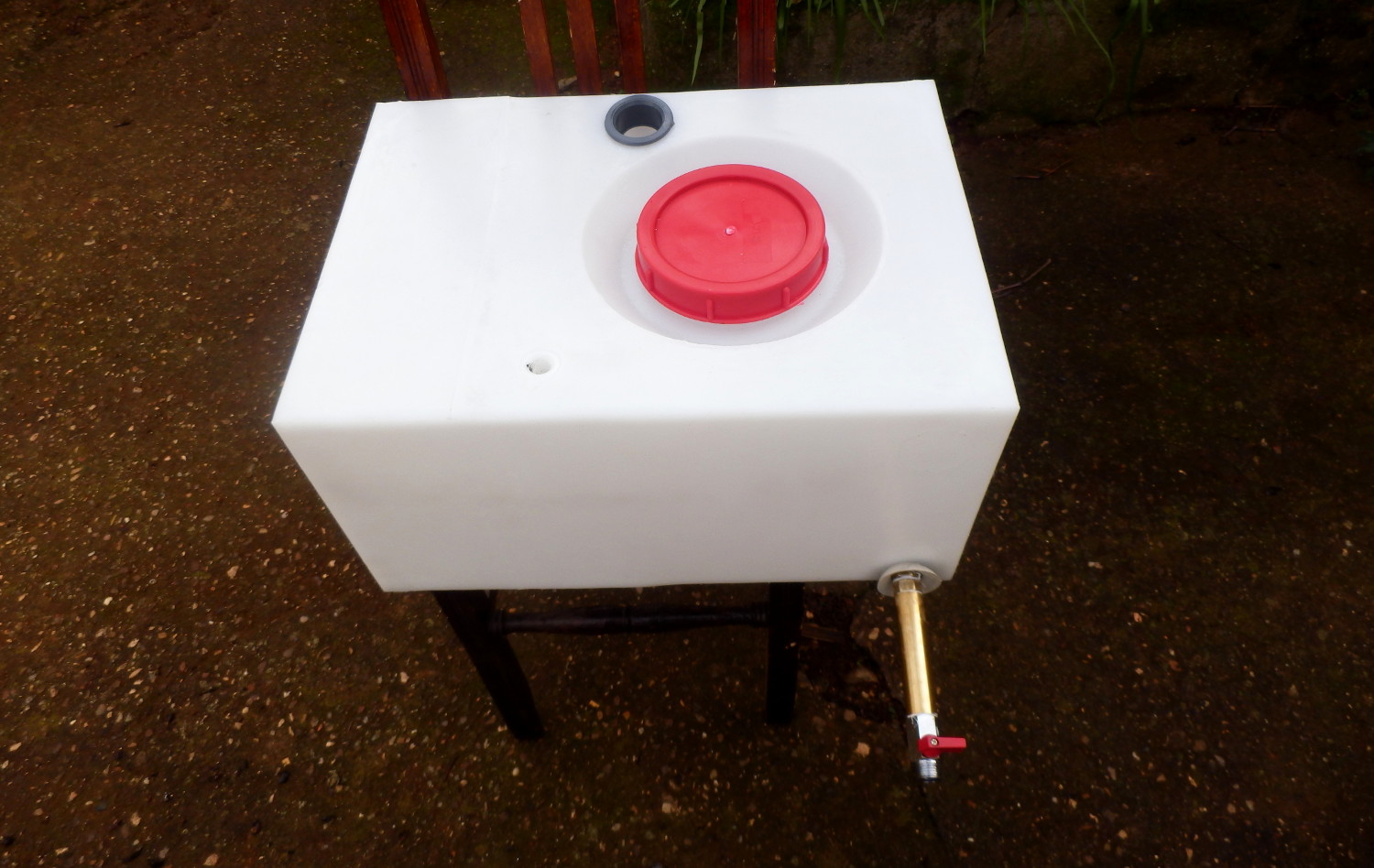Camper water tanks are essential components for outdoor enthusiasts and travelers who rely on a self-contained water supply while on the road. These tanks come in various sizes and configurations to meet different needs, providing convenience and reliability for camping, RVing, and other outdoor activities. In this article, we will explore the diverse options available in the market for camper water tanks, emphasizing their sizes and versatile designs.
Understanding camper water tanks
Camper water tanks are specially designed containers used to store and transport water in recreational vehicles (RVs), campers, trailers, and boats. They are integral for providing access to clean water for drinking, cooking, showering, and other essential needs while traveling or camping off-grid. These tanks are typically made from durable materials such as polyethylene or marine-grade plastic to withstand outdoor conditions and ensure water safety.
Types and sizes of camper water tanks
- Portable water tanks:
- Description: Portable camper water tanks are lightweight and designed for easy transportation. They come in various capacities ranging from 5 gallons to 50 gallons or more, allowing flexibility depending on the space available in the vehicle.
- Versatility: These tanks are versatile and can be easily refilled at water stations or campsites. They often feature handles or wheels for convenient maneuverability.
- Underbody water tanks:
- Description: Underbody camper water tanks are mounted underneath the vehicle, typically between the chassis rails or at the rear. They are ideal for maximizing interior space and maintaining a low center of gravity.
- Capacity: Sizes vary from smaller tanks of 15 gallons to larger capacities up to 100 gallons or more, catering to extended travel periods without frequent refills.
- Internal built-in tanks:
- Description: Built-in camper water tanks are integrated into the vehicle’s interior structure, usually under seating areas, beds, or inside cabinets. They are permanently installed and connected to the plumbing system for continuous water supply.
- Convenience: These tanks offer convenience as they do not require external setup or handling during use, providing a seamless water supply experience.
- Customizable modular tanks:
- Description: Modular camper water tanks allow for customization to fit specific vehicle layouts and storage compartments. They can be configured in multiple sections or shapes to utilize available space efficiently.
- Flexibility: Manufacturers offer customizable options to accommodate unique camper designs and user preferences, ensuring optimal water storage solutions.
Features and considerations
- Material durability: Camper water tanks are typically constructed from UV-resistant, food-grade materials to ensure water quality and longevity.
- Fill and drain options: Tanks may feature multiple fill points for easy refilling and various drain options for efficient emptying and maintenance.
- Insulation and freeze protection: Some tanks come with insulation or heat tracing options to prevent freezing in cold climates, extending their usability in diverse weather conditions.

Benefits of camper water tanks
- Independence: Provides self-sufficiency by carrying your water supply, reducing reliance on external sources.
- Convenience: Ensures access to clean water for drinking, cooking, and personal hygiene wherever your adventure takes you.
- Safety and hygiene: Maintains water quality through secure storage and appropriate sanitation measures.
- Environmental impact: Reduces single-use plastic waste by refilling reusable containers instead of purchasing bottled water.
Practical tips for using it
- Regular maintenance: Clean tanks regularly and sanitize them using recommended products to prevent bacterial growth and maintain water quality.
- Monitor water levels: Keep track of water consumption to plan refills effectively, especially during extended trips or dry camping.
- Winterization: If camping in cold climates, take precautions to prevent water freezing in tanks by using insulation or heat sources.
- Emergency preparedness: Always carry additional water purification methods and emergency supplies in case of unforeseen circumstances.
Conclusion
This tanks are indispensable for outdoor enthusiasts seeking mobility and self-reliance in their travels. With a wide range of sizes and configurations available, these tanks cater to diverse needs and vehicle setups, providing essential water storage solutions for camping, RVing, boating, and more. By understanding the options and features of camper water tanks, enthusiasts can choose the best fit for their adventure lifestyle, ensuring a comfortable and hydrated journey wherever they roam.
In summary, this tanks exemplify innovation and practicality in outdoor water management, offering reliable solutions for maintaining comfort and convenience during travels off the beaten path. Whether exploring national parks, remote campsites, or scenic routes, having a dependable water supply ensures that adventurers can focus on enjoying the journey while staying well-hydrated and prepared for any adventure ahead.

